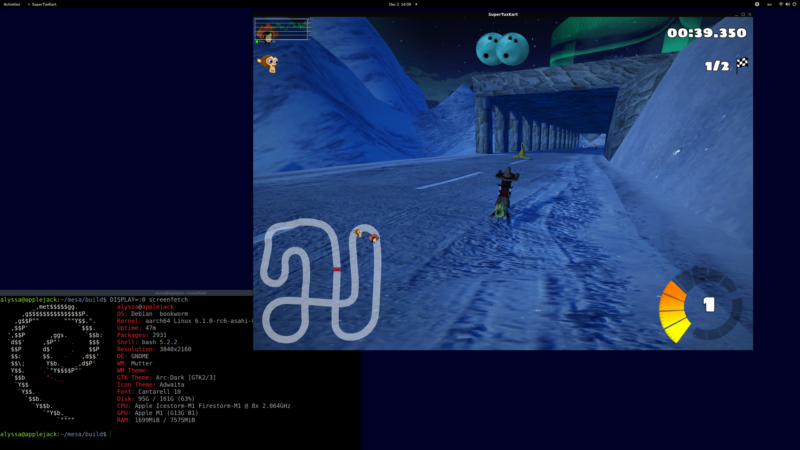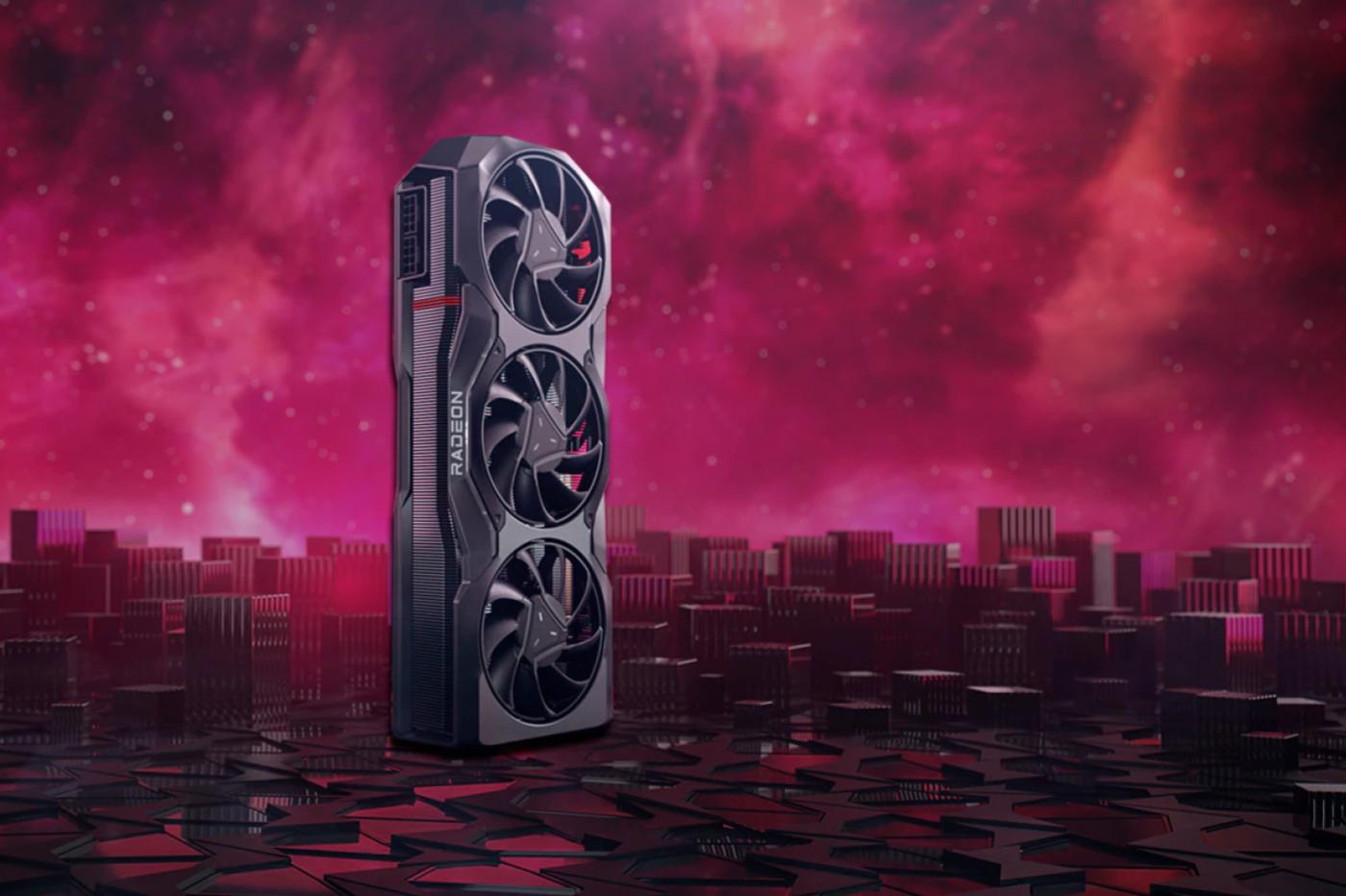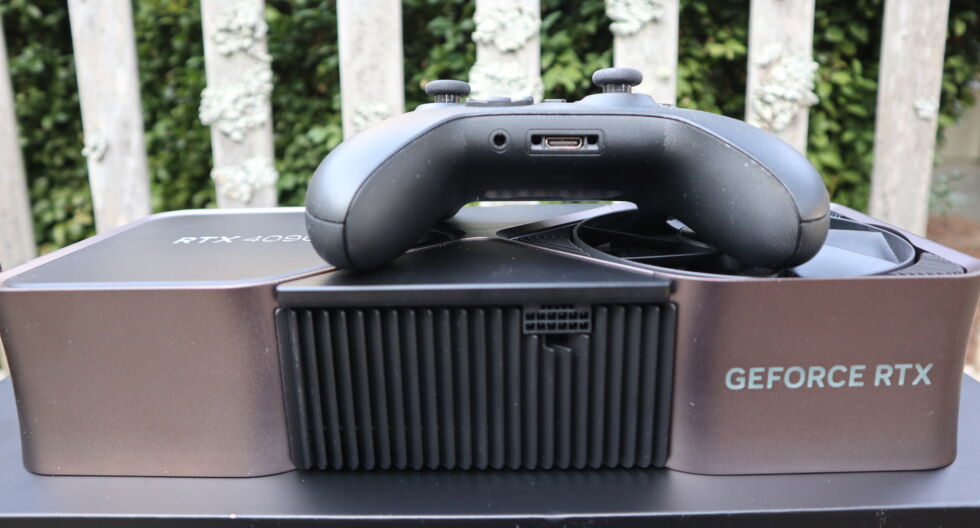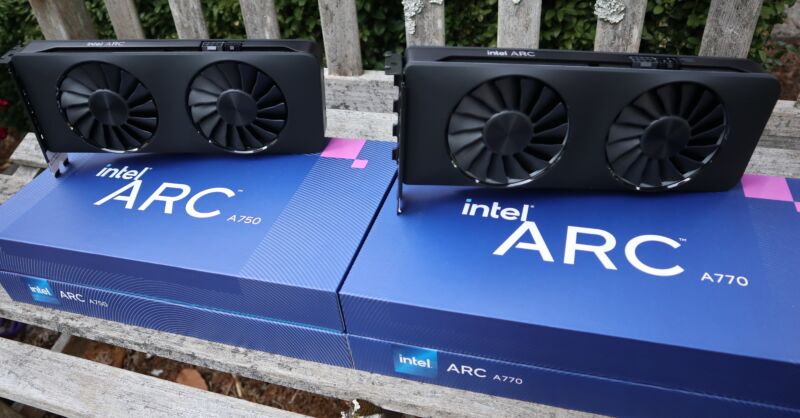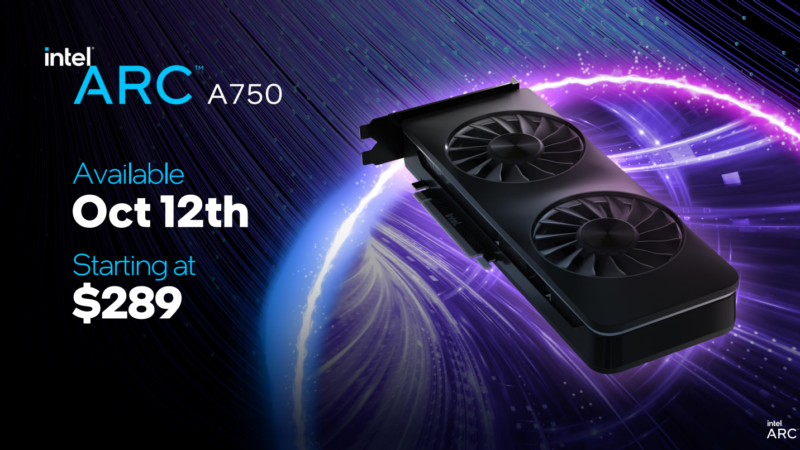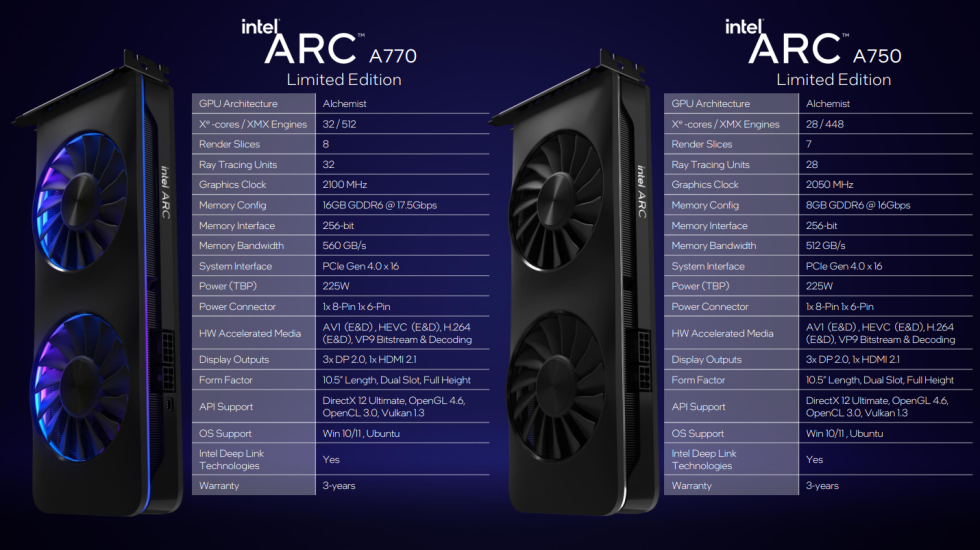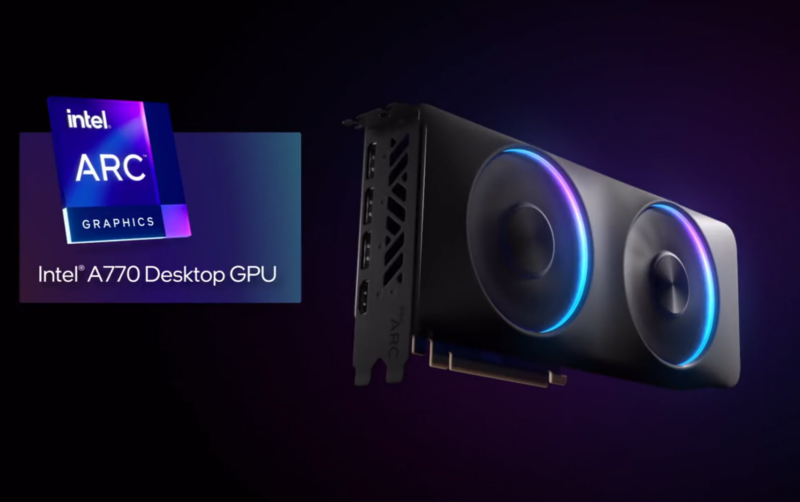-
 chevron_right
chevron_right
GeForce RTX 4060 review: Not thrilling, but a super-efficient $299 workhorse
news.movim.eu / ArsTechnica · Wednesday, 28 June, 2023 - 13:00
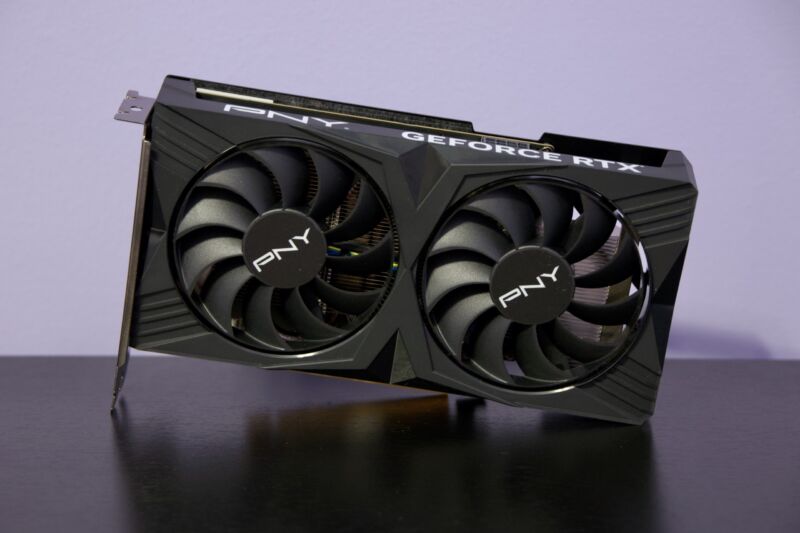
Enlarge / PNY's take on the basic $299 version of the Nvidia GeForce RTX 4060. (credit: Andrew Cunningham)
Nvidia's GeForce 1060, 2060, and 3060 graphics cards are some of the most widely used GPUs in all of PC gaming. Four of Steam's top five GPUs are 60-series cards, and the only one that isn't is an even lower-end GTX 1650.
All of this is to say that, despite all the fanfare for high-end products like the RTX 4090, the new GeForce RTX 4060 is Nvidia's most important Ada Lovelace-based GPU. History suggests that it will become a baseline for game developers to aim for and the go-to recommendation for most entry-level-to-mainstream PC gaming builds.
The RTX 4060, which launches this week starting at $299, is mostly up to the task. It's faster and considerably more power efficient than the 3060 it replaces, and it doesn't come with the same generation-over-generation price hike as the higher-end Lovelace GPUs. It's also a solid value compared to the 4060 Ti, typically delivering between 80 and 90 percent of the 4060 Ti's performance for 75 percent of the money.

